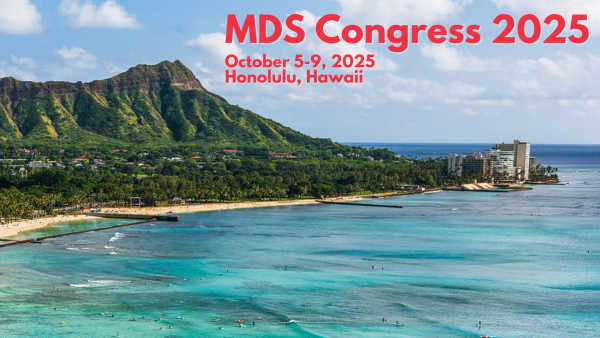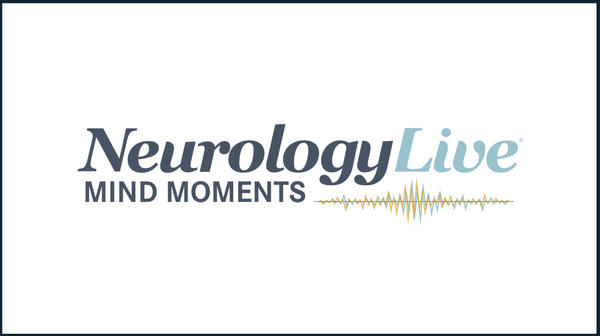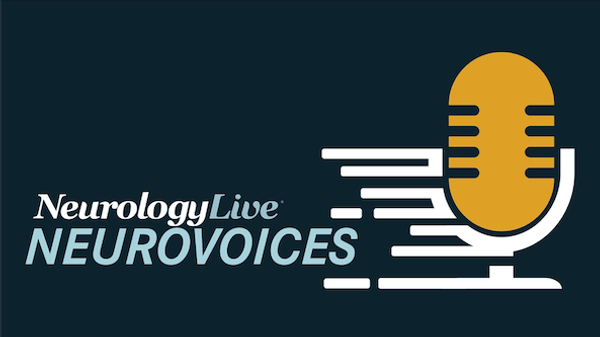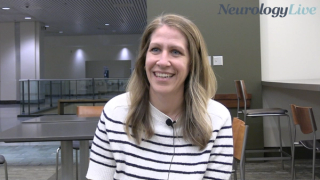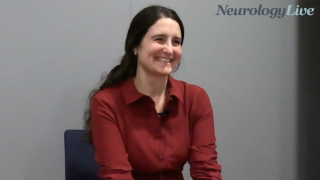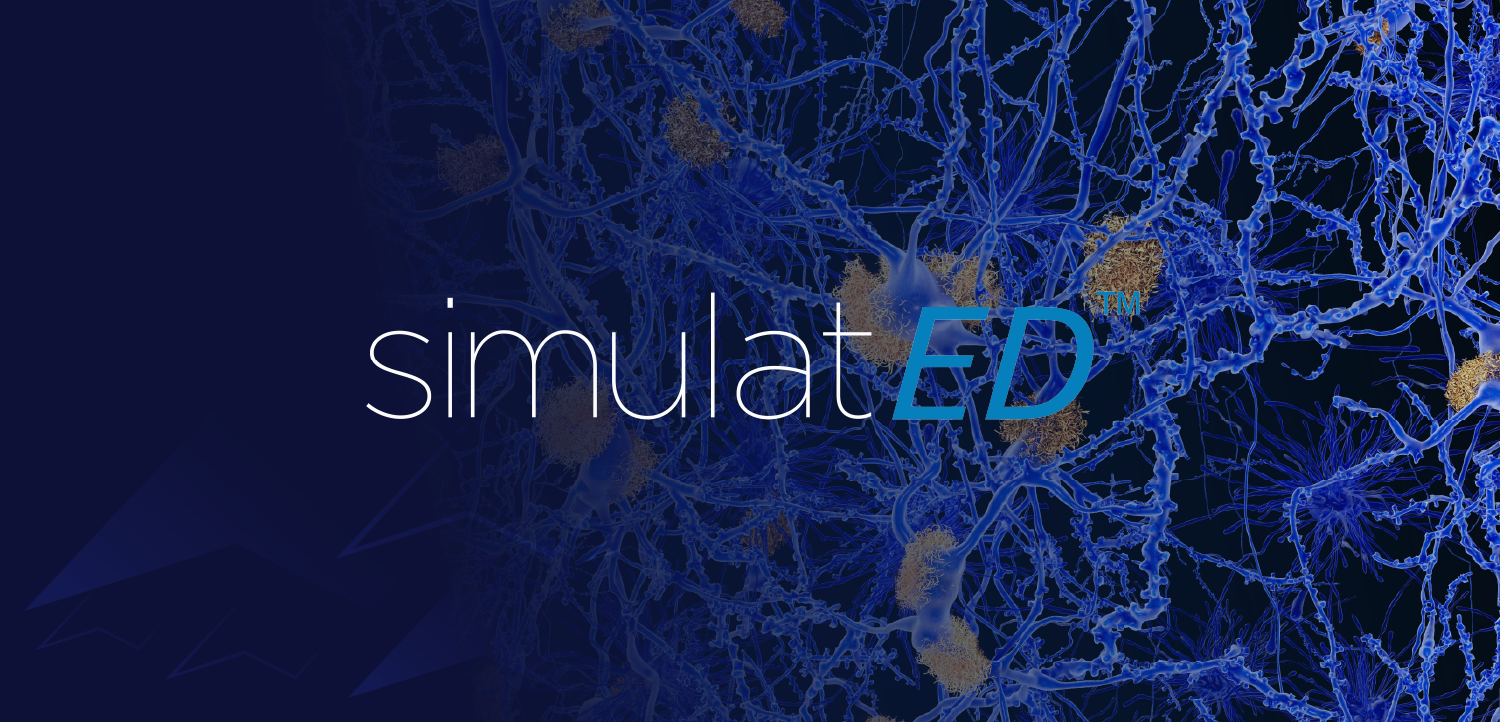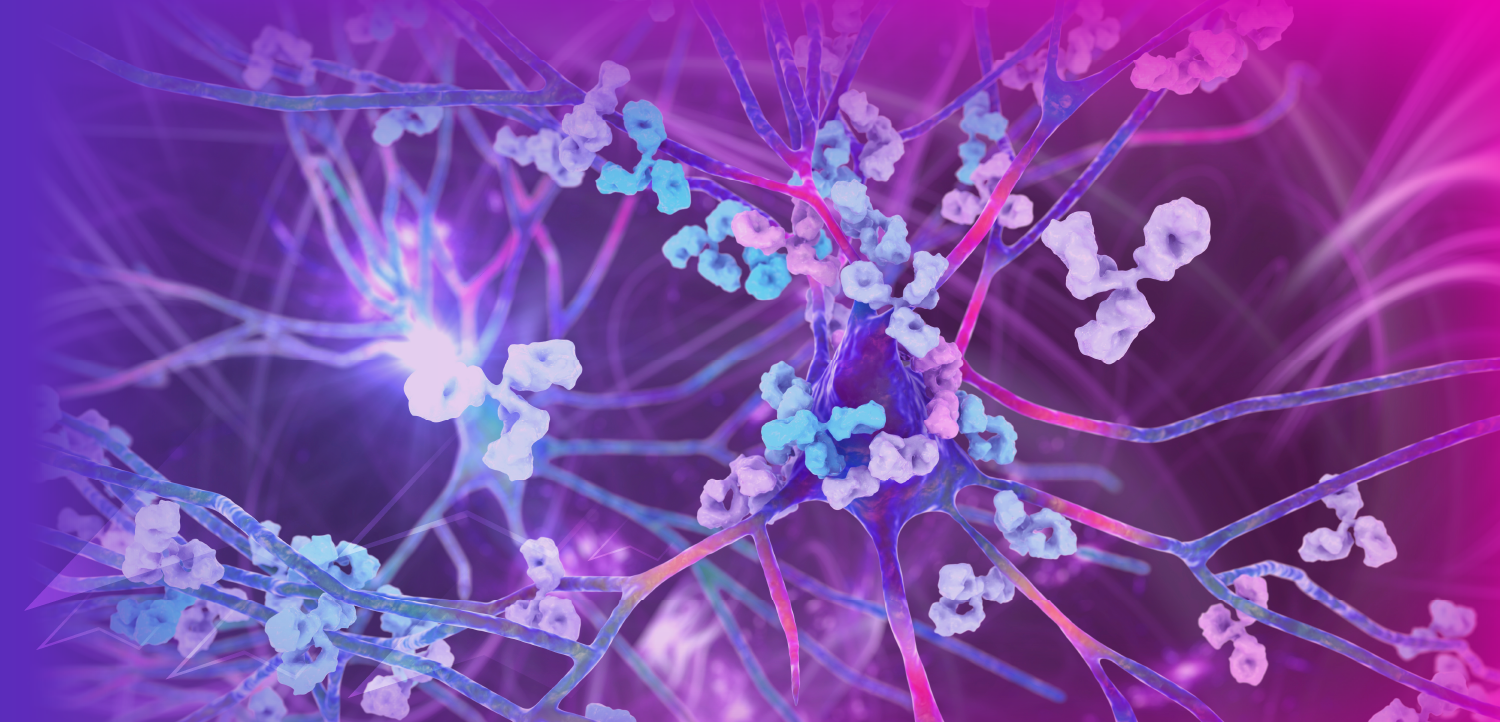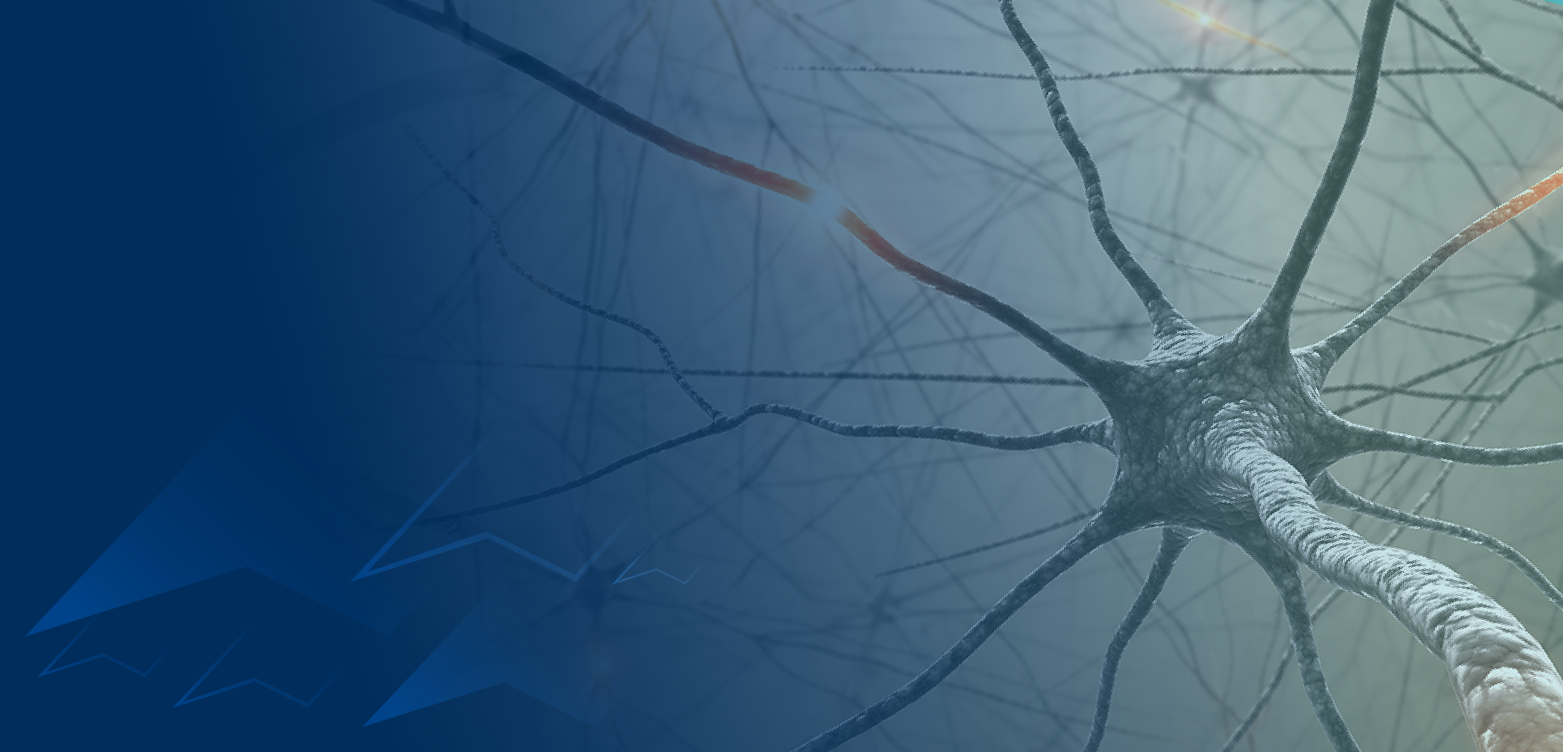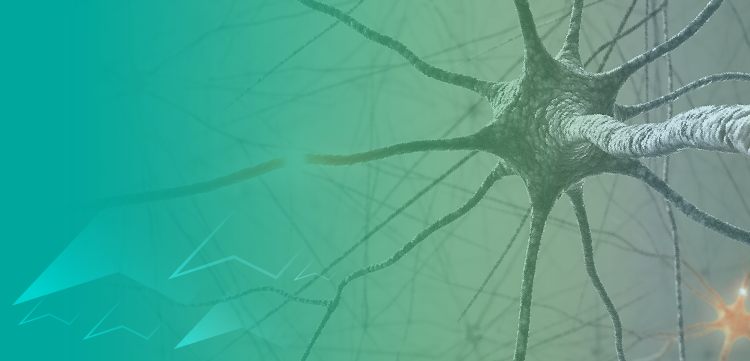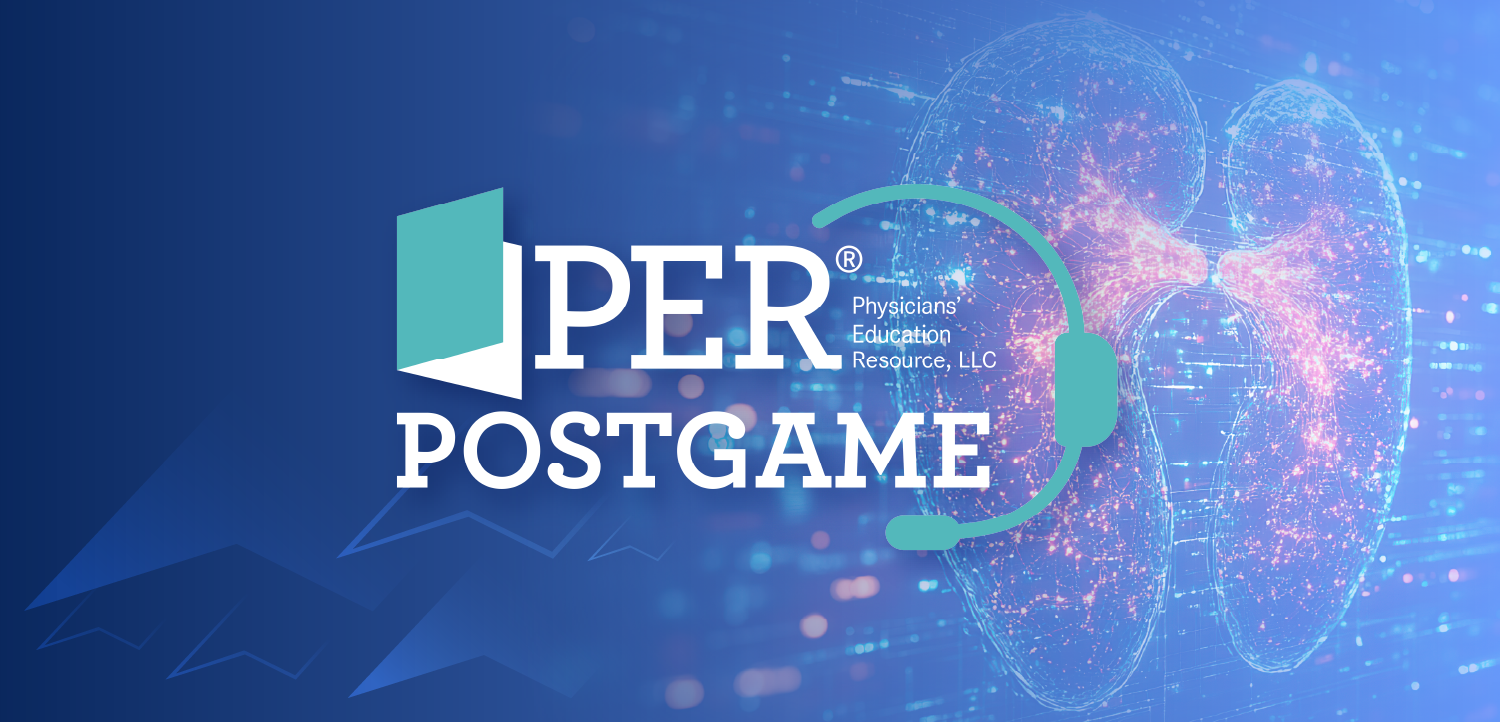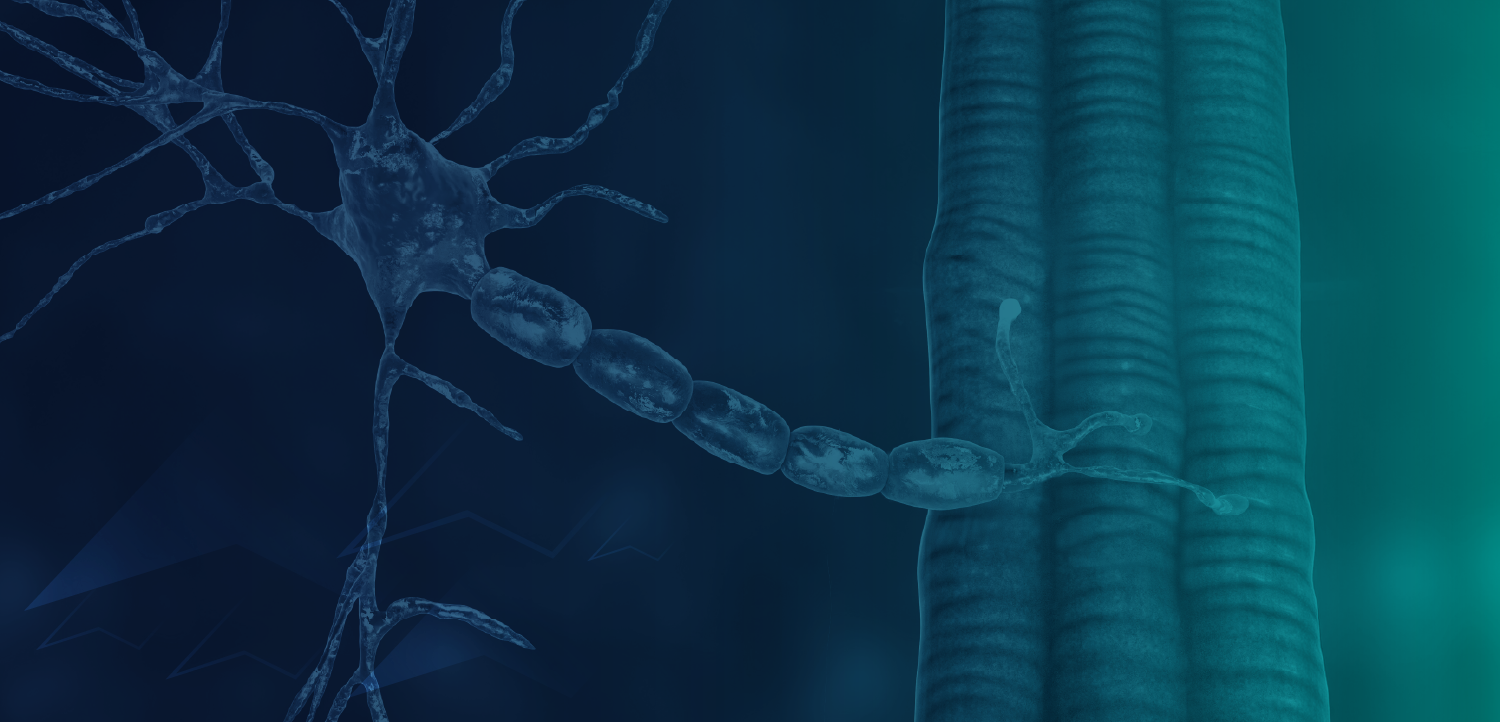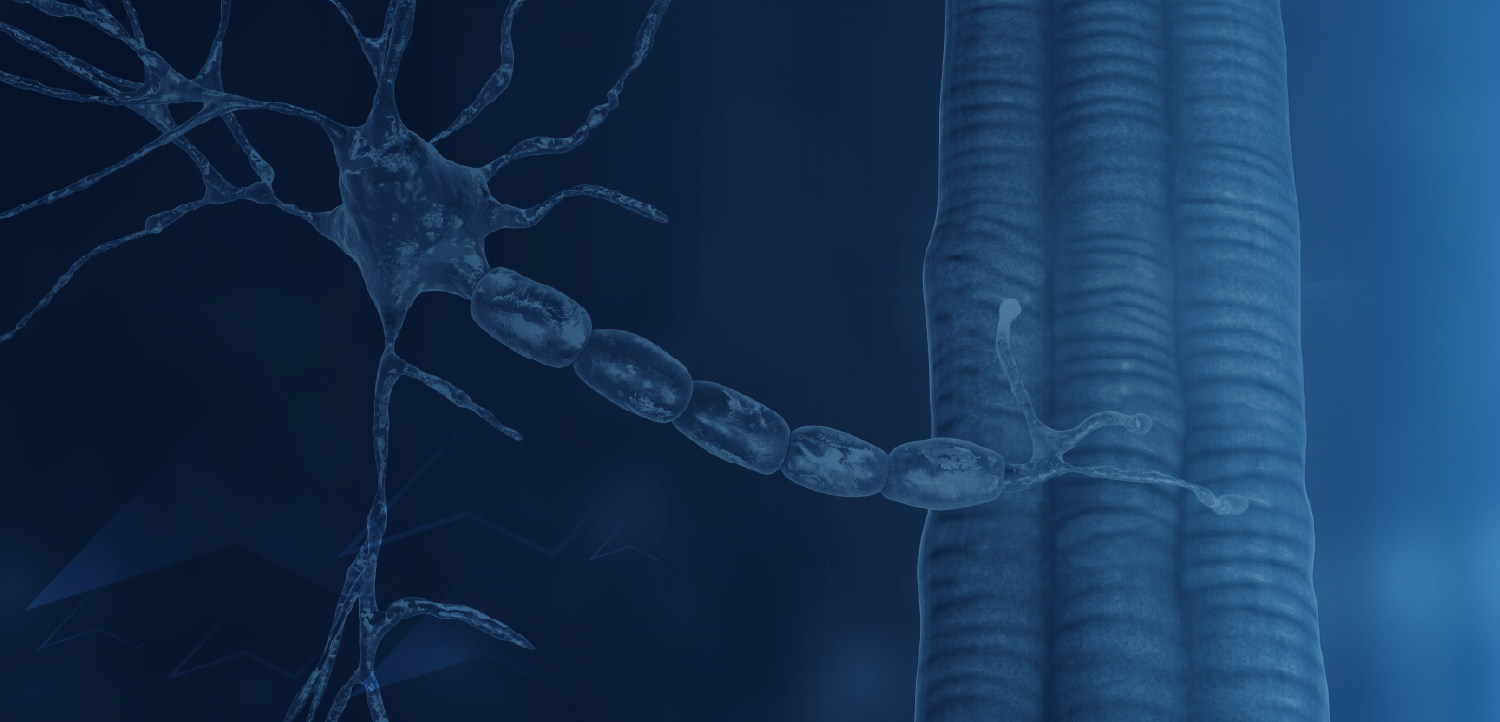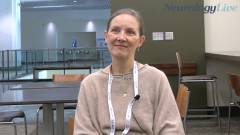
Conference Coverage
Latest News
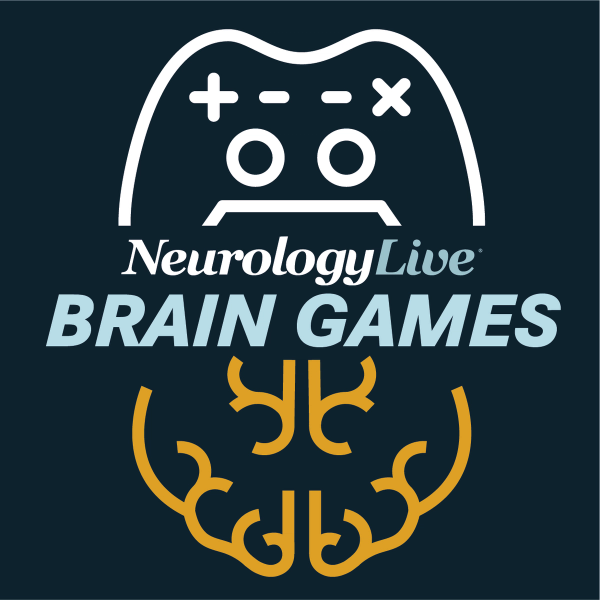
NeurologyLive® Brain Games: November 30, 2025
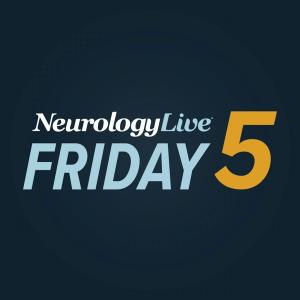
NeurologyLive® Friday 5 — November 28, 2025

Real-World Meta-Analysis Confirms Efficacy and Safety of CGRP Treatment Galcanezumab in Migraine

Episode 155: Understanding Variability in Infantile Spasms Care

FDA Reverses Course on AMT-130, Citing Insufficient External Data for Submission

Shorts







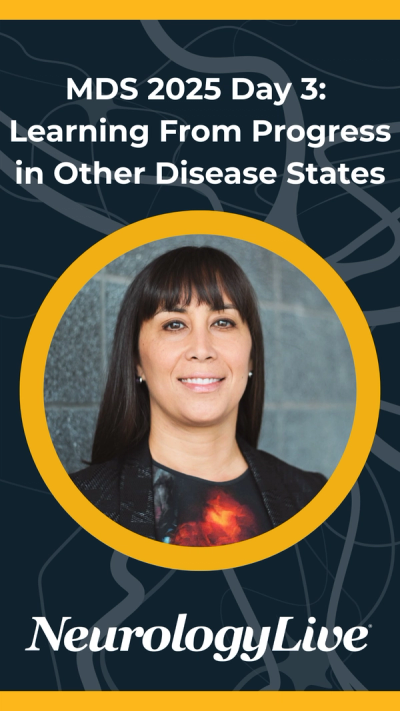


Videos
Podcasts
Continuing Medical Education
All News

Enna Selmanovic, a PhD candidate at Mount Sinai, spoke on a recently published study regarding the incidence of traumatic brain injury and the potential for long-term health issues with chronic traumatic encephalopathy.

Shae Datta, MD, co-director of the NYU Concussion Center, explained new findings regarding potential CTE diagnosis in living patients.

Real-world data from Teva Pharmaceuticals’ IMPACT-TD Registry showed that deutetrabenazine and its extended-release formulation led to significant reductions of involuntary movements and improved quality of life for adults with tardive dyskinesia.

Topline results of the EVOKE and EVOKE+ studies of semaglutide will be presented at the 2025 Clinical Trials on Alzheimer’s Disease Conference, held December 1-4, in San Diego, California.

Charles Bernick, MD, a staff neurologist at the Cleveland Clinic Lou Ruvo Center for Brain Health, commented on the scientific rationale, therapeutic strategies, and biomarker advances driving the next wave of anti-tau drug development in Alzheimer disease.
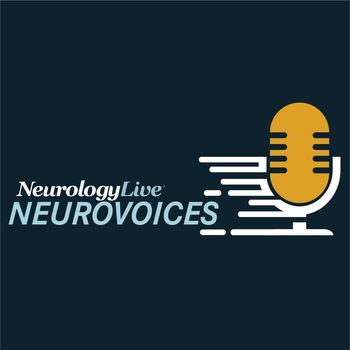
The pediatric epileptologist at Boston Children’s Hospital discussed national variability in treating infantile epileptic spasms syndrome and the evidence gaps that continue to shape clinical decision making.

Doug Kerr, MD, PhD, chief medical officer at Dyne Therapeutics, discusses the clinical development of DYNE-101 for myotonic dystrophy type 1 and DYNE-251 for Duchenne muscular dystrophy.

Findings revealed that vitamin D deficiency was associated with an increased risk of NMOSD in East Asian populations, whereas the effect of smoking among Caucasians and other populations was inconsistent.

The FDA has approved Novartis’ intrathecal formulation of onasemnogene abeparvovec-brve, marketed as Itvisma, for patients ages 2 years and older living with spinal muscular atrophy.

Results from the EVOKE and EVOKE+ phase 3 studies reported that oral semaglutide did not significantly reduce clinical progression in patients with early symptomatic Alzheimer disease.

Natalizumab-sztn is an FDA-approved monotherapy for all indications of the reference product natalizumab, including relapsing forms of multiple sclerosis and Crohn disease.

Encouraging data from the OCEANIC-STROKE study suggest that asundexian may soon join the therapeutic landscape for secondary stroke prevention as Bayer advances toward submission.

Here's some of what is coming soon to NeurologyLive® this week.
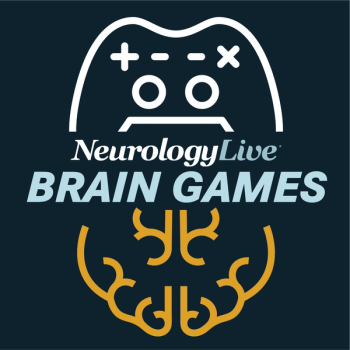
Test your neurology knowledge with NeurologyLive®'s weekly quiz series, featuring questions on a variety of clinical and historical neurology topics. This week's topic is neural network plasticity after stroke!

A recent study confirms satralizumab's long-term safety and efficacy for treating neuromyelitis optica spectrum disorder, supporting its use as a maintenance therapy.










